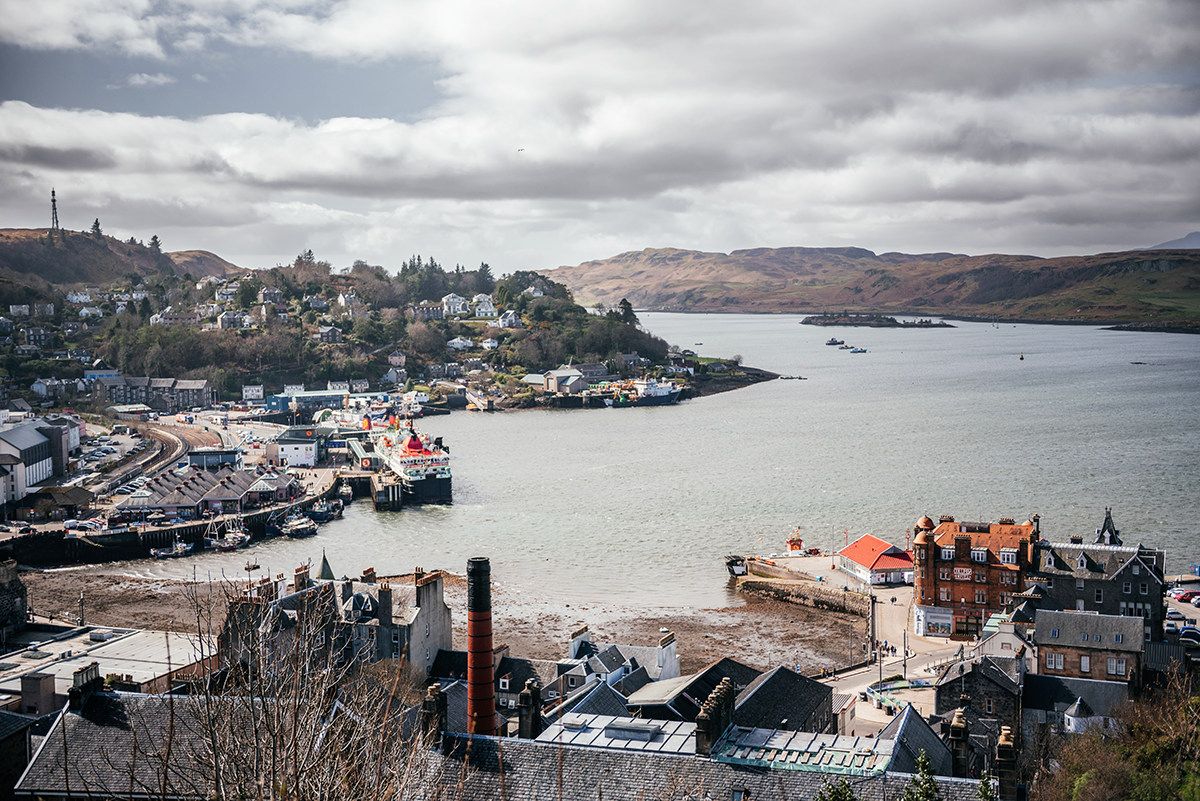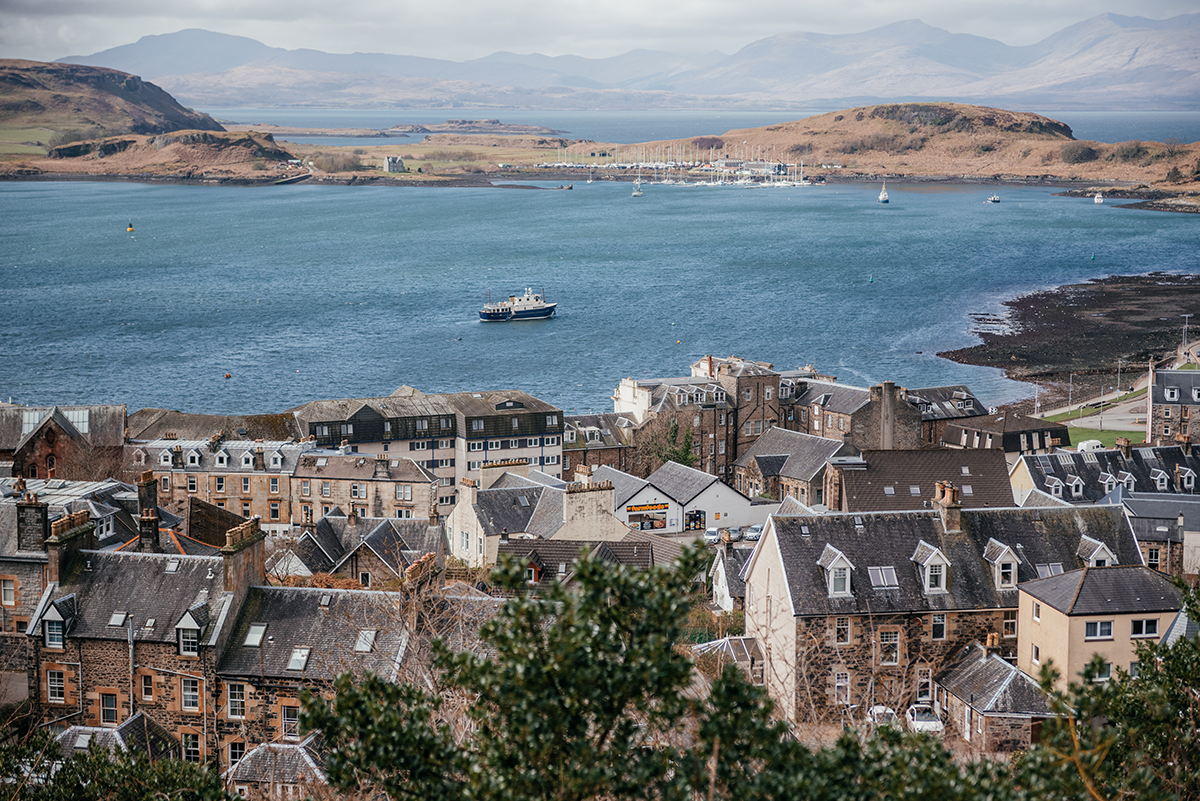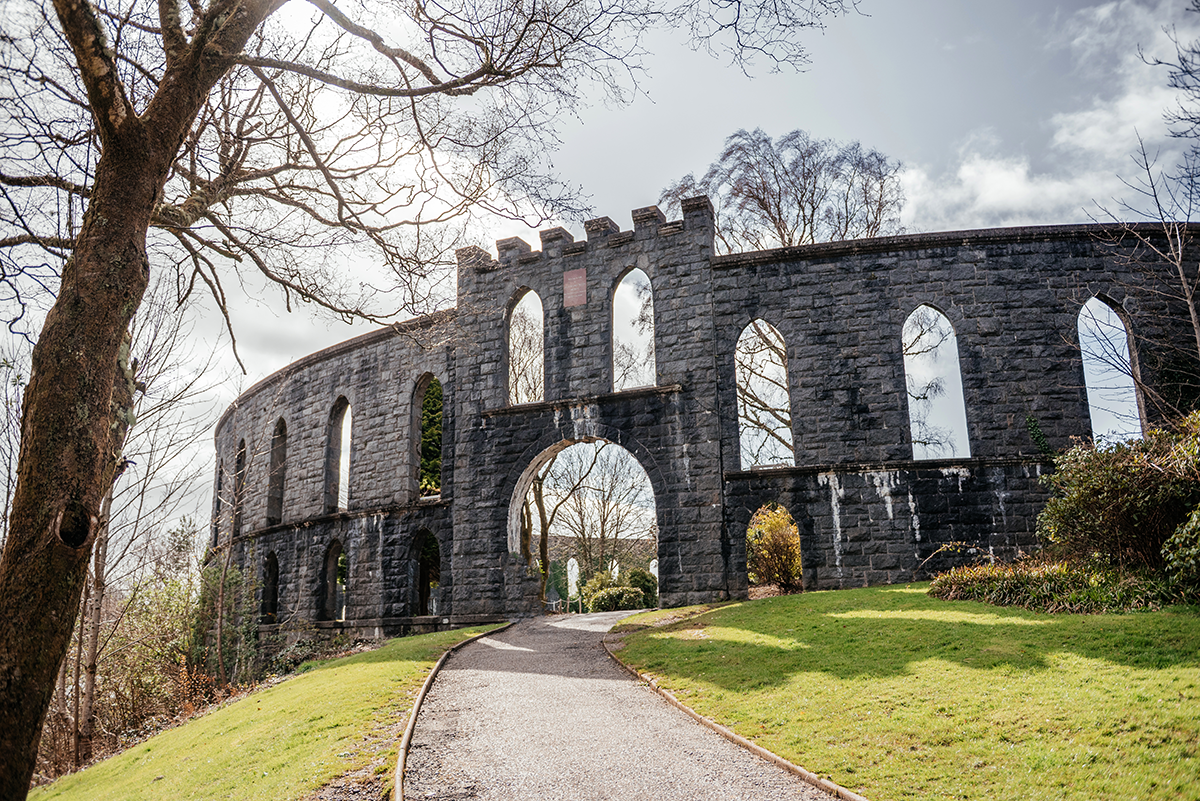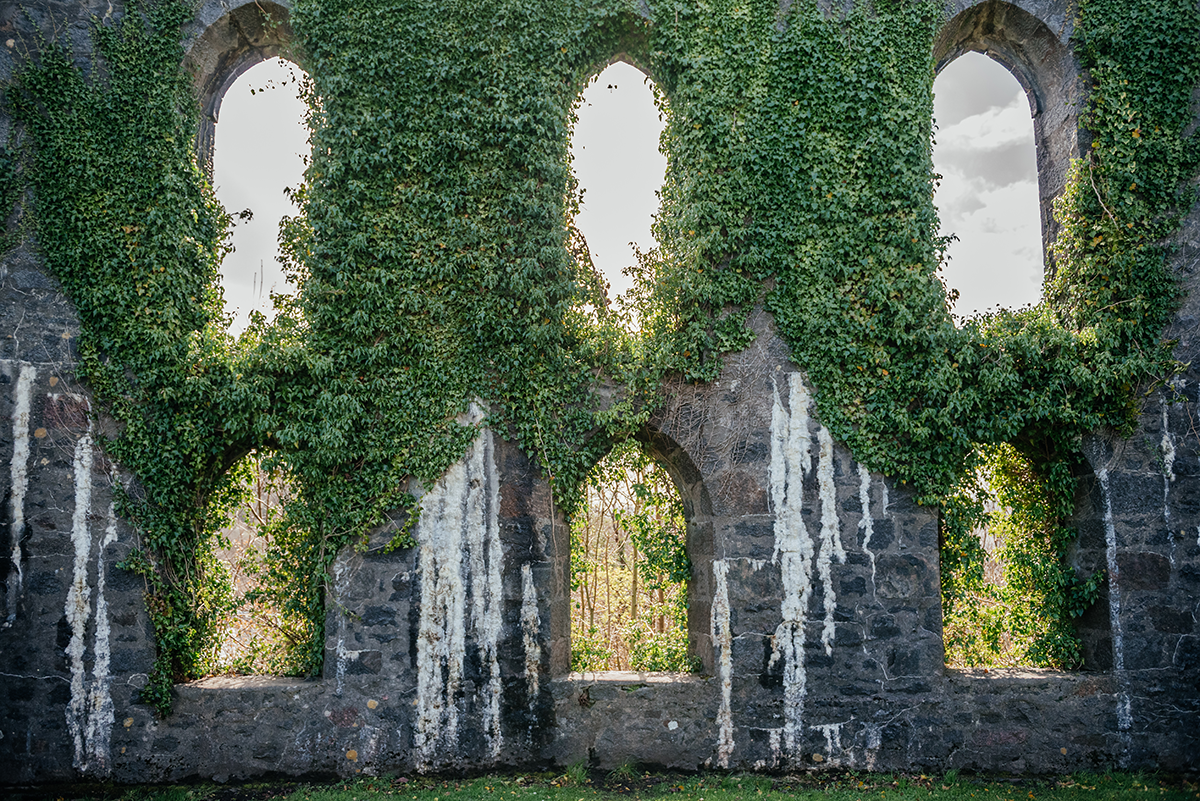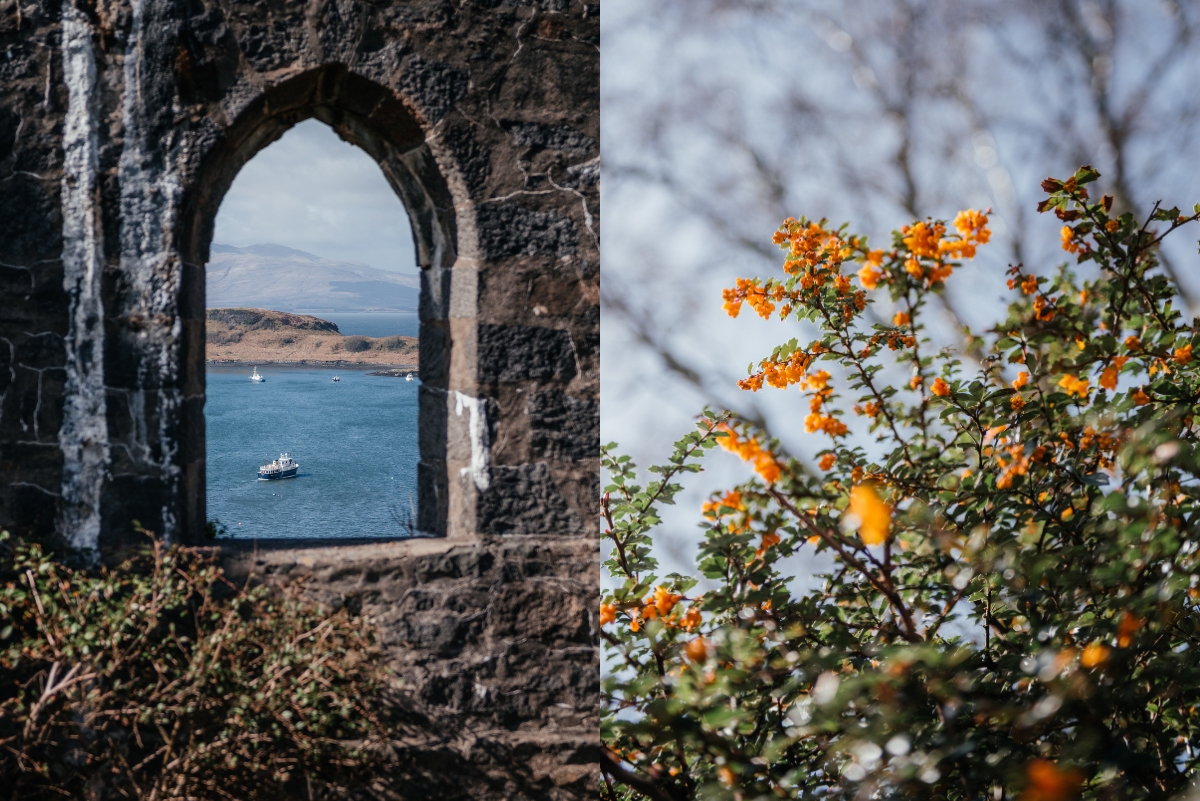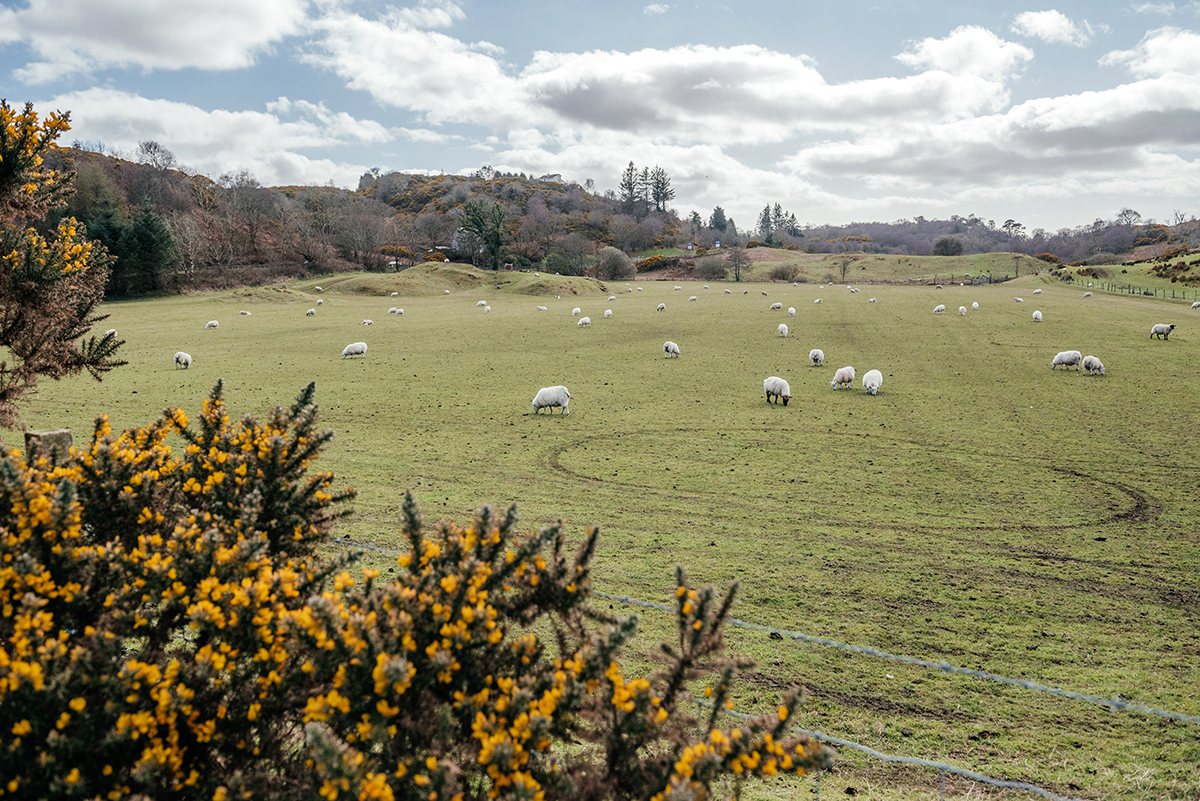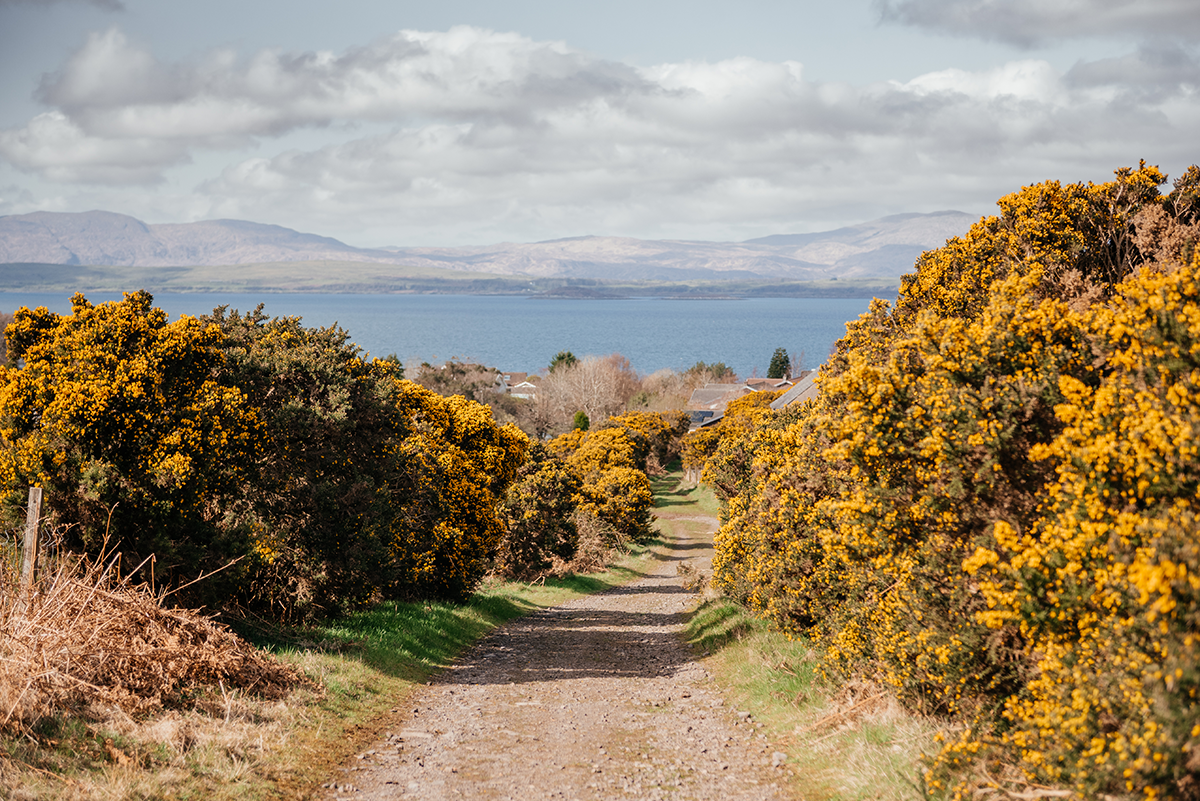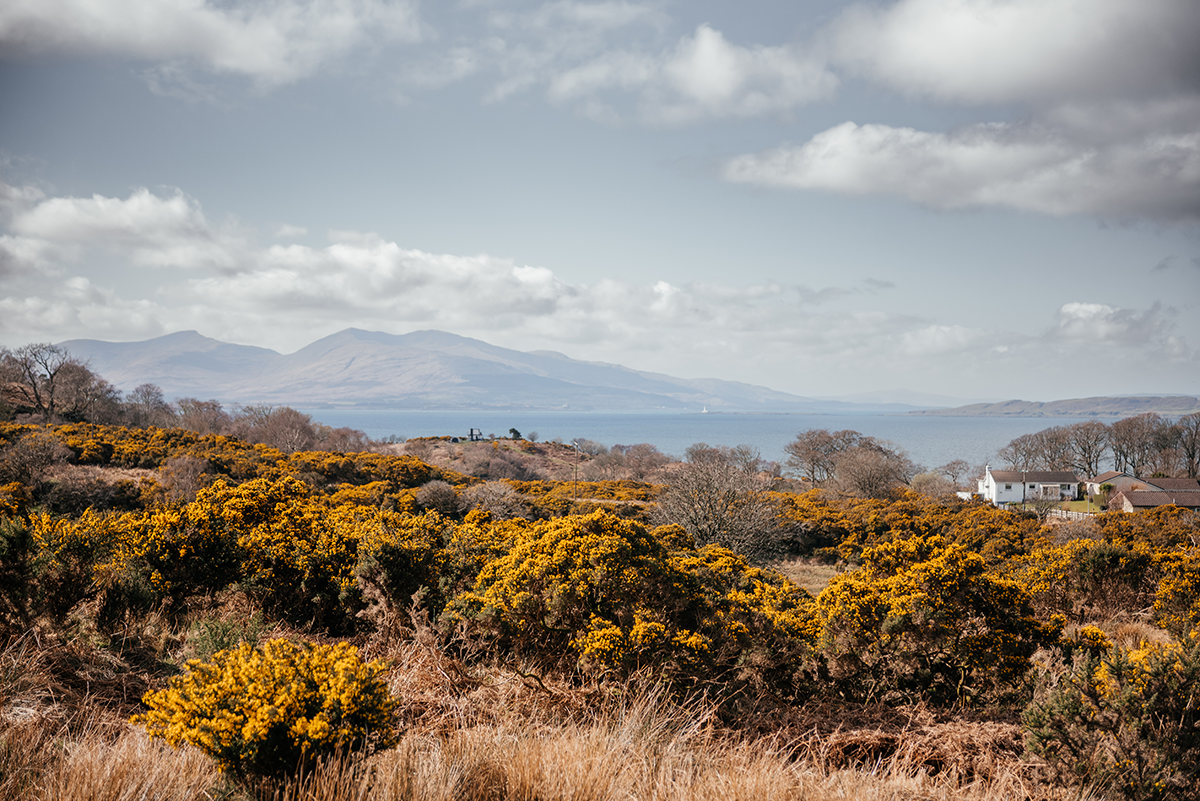A Day Trip to Oban: Scotland’s Coastal Gem by Rail
Why visit Oban, Scotland? Discover its coastal charm, seafood culture, panoramic viewpoints, and world-class rail journey from Glasgow — a perfect day trip for photographers and travellers.
- 7 min read
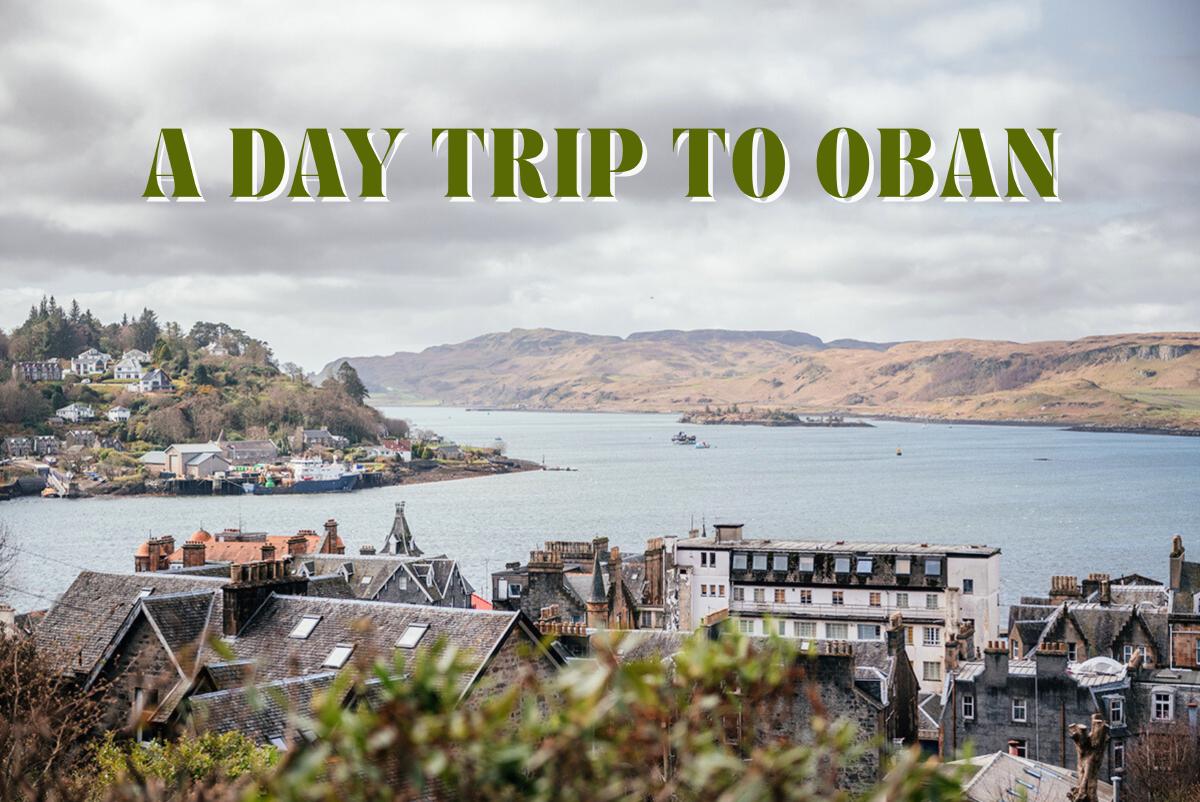
A Scenic Escape from Glasgow: The Rail Journey to Oban
If you’re looking for a coastal Scottish town that feels remote yet easy to reach, Oban hits the sweet spot. Nicknamed the “Gateway to the Isles,” it’s where dramatic Highlands meet the open sea — and it’s all accessible on a single scenic train ride from Glasgow.
The West Highland Line to Oban is consistently ranked among the world’s most beautiful rail journeys. In just over three hours, the train winds through lochs, forests, and hills before reaching the coastal town of Oban.
What you’ll see along the way:
- Loch Awe with its island castle ruins
- The towering Ben Cruachan mountain
- Rolling pastures dotted with sheep
- Bright gorse and heather fields in bloom (in late spring and summer)
Things to Do in One Day in Oban, Scotland
Oban may be small, but it offers an incredible mix of experiences within easy walking distance — from castles and viewpoints to seafood stalls and island ferries. Whether you come for a day trip or stay longer, these are the essential things to do.
Top Things to Do in Oban
Oban Harbour The town’s lively centre, where fishing boats and CalMac ferries come and go. The waterfront is lined with cafés, pubs, and seafood stalls — the perfect spot to watch harbour life and feel the pulse of the “Gateway to the Isles.”
Oban Distillery (1794) One of Scotland’s oldest distilleries, located right in the town centre. Take a guided tour to see the copper stills and learn how the sea air influences the whisky’s flavour. Finish with a tasting of their signature single malt.
McCaig’s Tower Walk up Battery Hill to this 19th-century granite monument overlooking Oban Bay. Inside its arched walls lies a peaceful garden, and the view stretches across the islands of Kerrera, Mull, and Lismore. It’s especially beautiful at sunset.
The Oban Seafood Hut (The Green Shack) Beside the ferry terminal, this humble green stall serves oysters, scallops, and langoustines fresh from local waters. Repeatedly named among Scotland’s top seafood stops, it’s open roughly March to October — and it’s unmissable.
Ganavan Sands A broad sandy bay just north of town, ideal for a short coastal walk or picnic. The path offers island views, and calm conditions make it a beginner-friendly snorkelling spot with seagrass meadows beneath the surface.
Dunollie Castle & Museum A short walk north along the promenade leads to this ruined stronghold of Clan MacDougall. Explore the small museum and coastal viewpoints with sweeping views of Oban Bay.
Dunstaffnage Castle Only a few minutes’ drive (or bus ride) from town, this 13th-century fortress is one of Scotland’s oldest stone castles. Its dramatic setting at the mouth of Loch Etive makes it a rewarding photo stop.
Kerrera Island Catch the 5-minute ferry from Gallanach (just south of Oban) to reach this quiet island. Walk the Gylen Castle circuit, watch for sea eagles, and visit the seasonal Waypoint Bar & Grill. The island feels remote yet is incredibly close.
Oban War & Peace Museum A small, free museum on the esplanade showcasing Oban’s role in WWII as a flying-boat base, plus maritime artefacts and local stories.
Local Culture & Events Oban remains a hub of Gaelic and Highland heritage. Annual highlights include the Royal National Mòd (a festival of Gaelic music and poetry) and the Argyllshire Gathering Highland Games, both celebrating traditional Scottish culture.
McCaig’s Tower — Oban’s Landmark Above the Harbour
High on Battery Hill stands McCaig’s Tower (pronounced mə-KAYGZ), the circular monument that defines Oban’s skyline. Visible from almost everywhere in town, it combines local history, ambitious architecture, and one of the best viewpoints on Scotland’s west coast.
The tower was commissioned in 1897 by John Stuart McCaig, a wealthy banker and local benefactor. His goal was twofold — to create work for stonemasons during the winter months and to build a memorial to his family. It sits on Battery Hill, once the site of a gun battery protecting Oban Bay — hence the name. The location gave the structure both visibility and symbolic strength.
McCaig intended far more than the outer wall that survives today. His design called for a two-tiered structure with double rows of arches, a central tower, and marble statues of family members set into niches inside. The building was meant to serve as a family mausoleum and art gallery, inspired by the Roman Colosseum and classical architecture.
However, after McCaig’s death in 1902, the project ended abruptly. Only the exterior ring was completed, leaving an open shell that later became a public garden with benches and flowerbeds.
The circular plan, arched openings, and use of local Bonawe granite give McCaig’s Tower its Roman character. Locals quickly nicknamed it the Scottish Colosseum. When viewed from the harbour at sunset, the arches glow warmly — a sight every visitor remembers.
Fun Facts
- Built from locally quarried granite with 94 arches and a circumference of about 200 metres.
- The interior garden was landscaped after McCaig’s death and is open year-round.
- The walk from the harbour takes 10–15 minutes, with benches along the way.
- From the top, you can see Oban Harbour, the island of Kerrera, and, on clear days, Mull and Lismore.
McCaig’s Tower remains an unfinished vision turned local treasure — a peaceful garden, a perfect viewpoint, and a rewarding short climb above the sea.
🌿 Hillsides, Gorse & Battleship Hill Views
Behind McCaig’s Tower lies Battleship Hill — an under-visited ridge overlooking the harbour. Here you’ll find blooming gorse, open fields, and distant islands shimmering in sea haze.
Gateway to the Isles
Oban is a major CalMac hub with frequent sailings — for example, Oban–Craignure (Mull) takes just 45 minutes — plus regular links to Lismore, Coll, Colonsay, Barra, South Uist, and more. This makes single-day trips to Mull, Iona, and Staffa (home to Fingal’s Cave and puffins in season) entirely practical.
You can reach:
- Mull — about 45 minutes, the gateway to Iona’s abbey and Staffa’s basalt cave, where puffins nest in summer.
- Lismore — around 50 minutes, known for peaceful walks, stone chapels, and tranquil coastal scenery.
- Colonsay — about 2 hours 20 minutes, famous for white beaches, wildflowers, and secluded bays.
- Coll and Tiree — roughly 3–4 hours, offering windswept dunes, clear turquoise water, and world-class kite-surfing.
- Barra and South Uist — longer crossings (5–6 hours), but worth it for their untouched sands, wild landscapes, and strong Gaelic culture.
All ferries depart directly from Oban Harbour, making it possible to explore multiple islands even on a short stay.
Wildlife Seasons That Actually Deliver
Timing matters in the Hebrides — these are the realistic windows for sightings on tours departing from Oban or Mull:
- Puffins (Staffa) — best from April to late July / early August.
- Minke whales & dolphins (Hebrides / Mull waters) — best from May / June to September.
Operators like Sealife Adventures, Staffa Trips, and Turus Mara offer seasonal wildlife excursions where these experiences are at their peak.
How to Get to Oban from Glasgow and Edinburgh
Oban is well connected by train, bus, and car, making it an easy destination for a weekend or day trip from Scotland’s major cities. The journey itself is part of the experience — especially by rail, where the West Highland scenery unfolds mile after mile.
🚆 By Train
From Glasgow: Take the West Highland Line from Glasgow Queen Street Station directly to Oban.
- ⏱️ Duration: 3–3.5 hours
- 💷 Cost: Around £25–£35 one way (cheaper with an Advance or Off-Peak ticket)
- 🚉 Highlights: Loch Lomond, Crianlarich, Loch Awe, and Ben Cruachan — often listed among the most scenic train journeys in the world.
From Edinburgh: There’s no direct train. You’ll need to take a train to Glasgow Queen Street (approx. 1 hour), then transfer to the West Highland Line to Oban.
- ⏱️ Duration: 4.5–5 hours total
- 💷 Cost: About £35–£45 one way depending on ticket type and timing.
🚌 By Bus
Citylink operates long-distance coaches from both cities:
- Glasgow to Oban: Around 3 hours, fares from £15–£25.
- Edinburgh to Oban: Around 5 hours, usually with a change in Glasgow.
Coaches depart from Buchanan Bus Station (Glasgow) and Edinburgh Bus Station in St Andrew Square.
🚗 By Car
If you prefer flexibility, driving offers extra freedom to stop for photos and viewpoints.
- From Glasgow: About 95 miles / 2.5–3 hours via A82 (Loch Lomond) and A85 (Tyndrum).
- From Edinburgh: About 125 miles / 3.5–4 hours via Stirling and Crianlarich.
Expect winding mountain roads and some of Scotland’s most photogenic scenery along the way — especially around Loch Lomond and Glen Orchy.
My Camera Gear
- Camera: Nikon D750
- Lens: Nikkor 24–70 mm f/2.8

